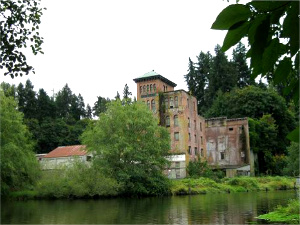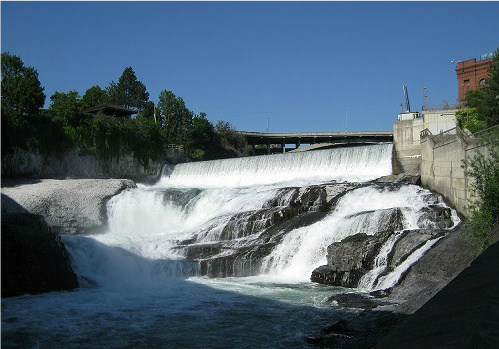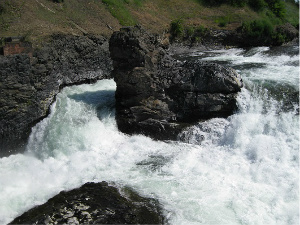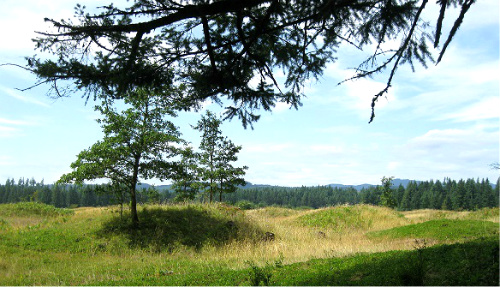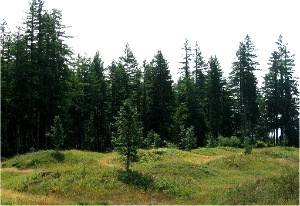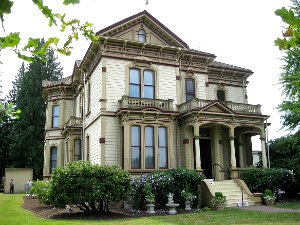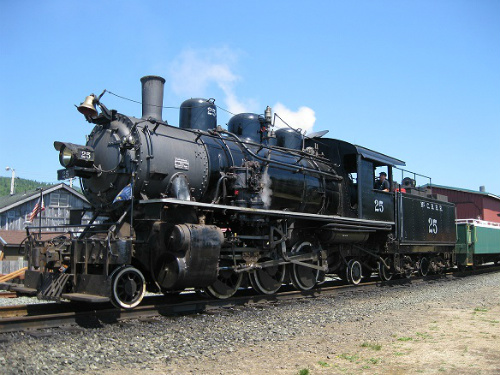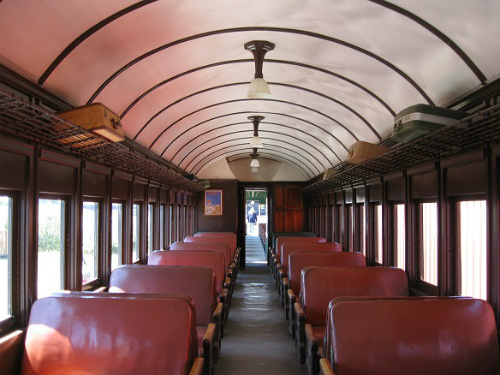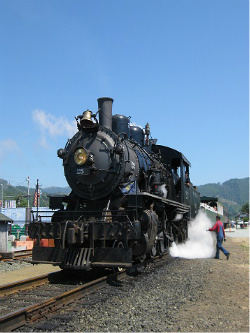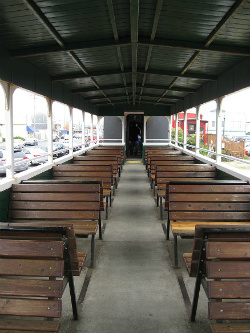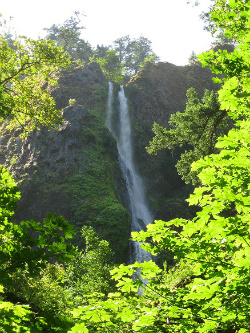What’s that aging brick building perched, tantalizingly out of reach, on the eastern shore of Capitol Lake? Ask any of the locals in Tumwater, WA. The “old” Olympia Brewery built in 1906 has been a local icon for decades. Once a bustling bottling plant located near the foot of Tumwater Falls, the six-story Italianate-style structure was abandoned when a new and improved brewery was built upstream in 1934.
FeedBurner
Twitter Feed
Meta
-
Recent Posts
Categories
Archives
- March 2014
- February 2014
- August 2013
- January 2013
- September 2012
- August 2012
- July 2012
- June 2012
- May 2012
- April 2012
- March 2012
- February 2012
- January 2012
- December 2011
- November 2011
- October 2011
- September 2011
- August 2011
- July 2011
- June 2011
- May 2011
- April 2011
- March 2011
- February 2011
- January 2011
- December 2010
- November 2010
- October 2010
- September 2010
- August 2010
- July 2010
- June 2010
- May 2010
Tag Cloud
- artist
- Astoria
- autumn foliage
- Battery Russell
- beachgrass
- Beacon Rock
- boardwalk
- cemetery
- Chinook Indians
- Columbia Gorge
- Columbia Gorge Hotel
- Columbia River
- Devil's Punch Bowl
- driftwood
- Fort Clatsop
- Frank Lloyd Wright
- gardens
- Garibaldi
- Gordon House
- hiking trail
- Holland America Bulb Farms
- Hood River
- kid friendly
- Manito Park
- museum
- Officer's Row
- Oregon
- Oregon Coast
- Pacific Coast
- Pacific NW
- Portland
- Port Townsend
- Riverfront Park
- Rockaway Beach
- scenic railroad
- scenic views
- Silverton
- Spokane
- statue
- Tacoma
- Tillamook Bay
- Vancouver
- Washington
- waterfalls
- Woodland

